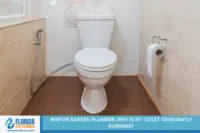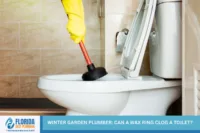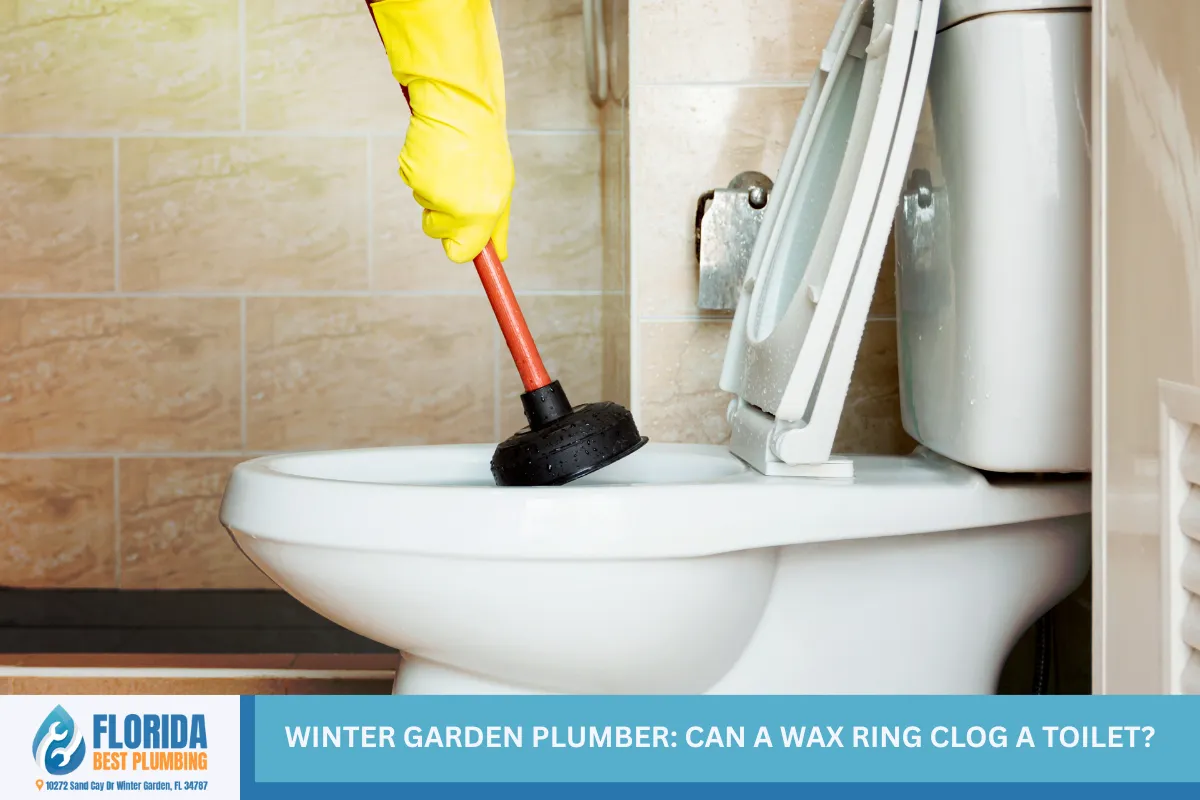
If you’ve ever dealt with a clogged toilet and called a plumber, you know how frustrating and stressful plumbing issues can be. Picture this: you flush, but the water rises and swirls, never quite draining the way it’s supposed to. To make it worse, you spot water pooling around your toilet’s base, and a noxious smell is wafting into your bathroom. You worry—could something as simple as a wax ring have caused all these problems? Ignoring these signs can result in water damage, health problems, and a constant battle against mold and mildew. The good news? With the right information about wax rings and toilet troubles, you’ll know what to look for, how to prevent problems, and exactly when to call a trusted plumber for help.
What Is a Wax Ring and What Does It Do?
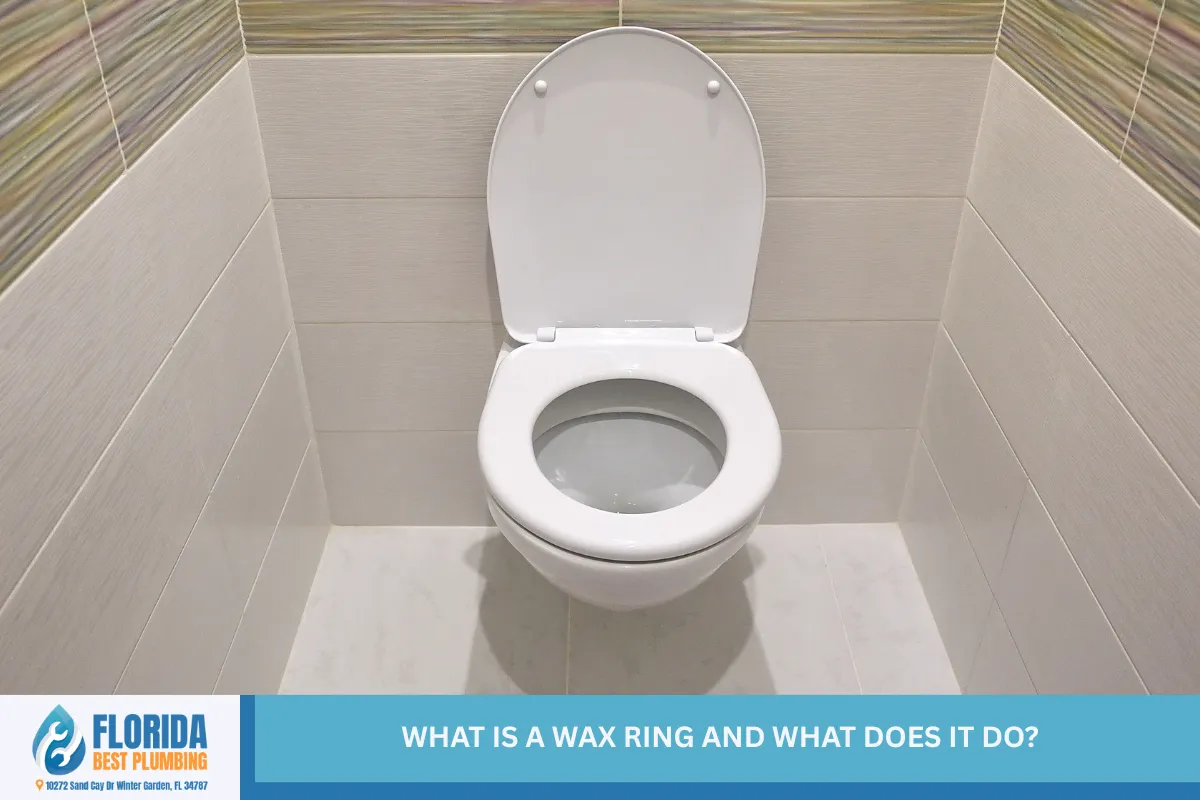
Every modern toilet sits atop a wax ring—a thick donut-shaped seal made from sticky wax. This seemingly humble part fits between the base of your toilet bowl and the toilet flange (the part anchored to the floor and connected to the drain pipe). Its job is simple yet crucial: the wax ring forms a watertight seal that keeps water and sewer gases from leaking out of the base when you flush. If the seal fails, water—or even dangerous sewer gases—can escape, causing all sorts of plumbing issues.
Common alternatives to the wax ring include waxless toilet rings, which use rubber or neoprene to make the seal. Some wax rings have a funnel, or horned design, helping to direct water flow into the drain pipe. But whether traditional or modern, the main goal is to keep your plumbing system safe, hygienic, and free from leaks and odors.
Is a Wax Ring the Cause of a Clogged Toilet?

Most of the time, a clogged toilet has much more obvious causes than a wax ring problem. Common culprits include:
- Flushing too much toilet paper
- Non-flushable objects (wipes, paper towels, feminine hygiene products, toys)
- Hair, dental floss, or other bathroom trash
- Blockages in the drain-waste-vent system or the main sewer line
A wax ring is not designed to block the flow of waste or water. Unless installed incorrectly, it won’t slip into the drain opening. But if a wax ring becomes damaged, partially melted, or is mistakenly pushed into the toilet drain during a poor DIY installation. Yes, it is possible (but rare) for wax to become lodged inside the pipe and contribute to a clog.
How Do Clogs Happen?
Let’s recap how toilets get clogged, and how this doesn’t often involve the wax seal:
- Foreign Objects: Non-flushable items like wipes, toys, and feminine products block the toilet trapway.
- Partial Blockage: A partial clog can form if chunks of wax or debris become stuck above the closet bend or in the outlet pipes. This might cause an intermittent clog or slow flush.
- Drainage Issues: The main sewer line, floor drain, or vent stack may be clogged, leading to gurgling or rising water.
- Wax Ring: In very rare cases, pieces of a wax ring may block the drain pipe if mishandled during replacement. This can be aggravated by double-stacking wax rings or a misaligned funnel wax ring.
Most blockages are unrelated to the wax ring itself—instead, look for the usual suspects of objects, excess waste, or even tree roots in sewer lines.
Recognizing Signs of a Bad Wax Ring
How do you know if a bad wax ring causes your toilet issues, and not a standard clog? Pay attention to these symptoms:
- Water Seepage or Water Around Toilet Base: If there’s water pooling around the toilet after every flush, the wax ring might be failing.
- Leaking or Dampness: Water damage or water spots around the toilet base.
- Sewer Odors: A noxious smell (like rotten eggs or sewage gas) suggests a bad seal letting hydrogen sulfide leak in.
- Loose or Wobbling Toilet: If your toilet rocks, the wax ring may no longer be forming a proper seal—though loose closet bolts or a broken toilet flange could also be to blame.
- Mold and Mildew: Persistent moisture leads to mold or mildew growth near the toilet base.
- Plumbing Issues (Not Associated with Flushing): If you’ve got chronic leaks or recurring water loss, but no signs of blockages, check the wax ring first.
- Gurgling Sounds: While usually from vent or sewer line clogs, these might also hint at a bad wax seal with air entering the system, especially if paired with other wax ring symptoms.
Important: A bad wax ring rarely causes a full toilet clog. Its failure lets water and gases escape, but it won’t restrict the flow unless large chunks are actually caught in the outlet pipes.
Identifying Toilet Clogs Versus Wax Ring Problems
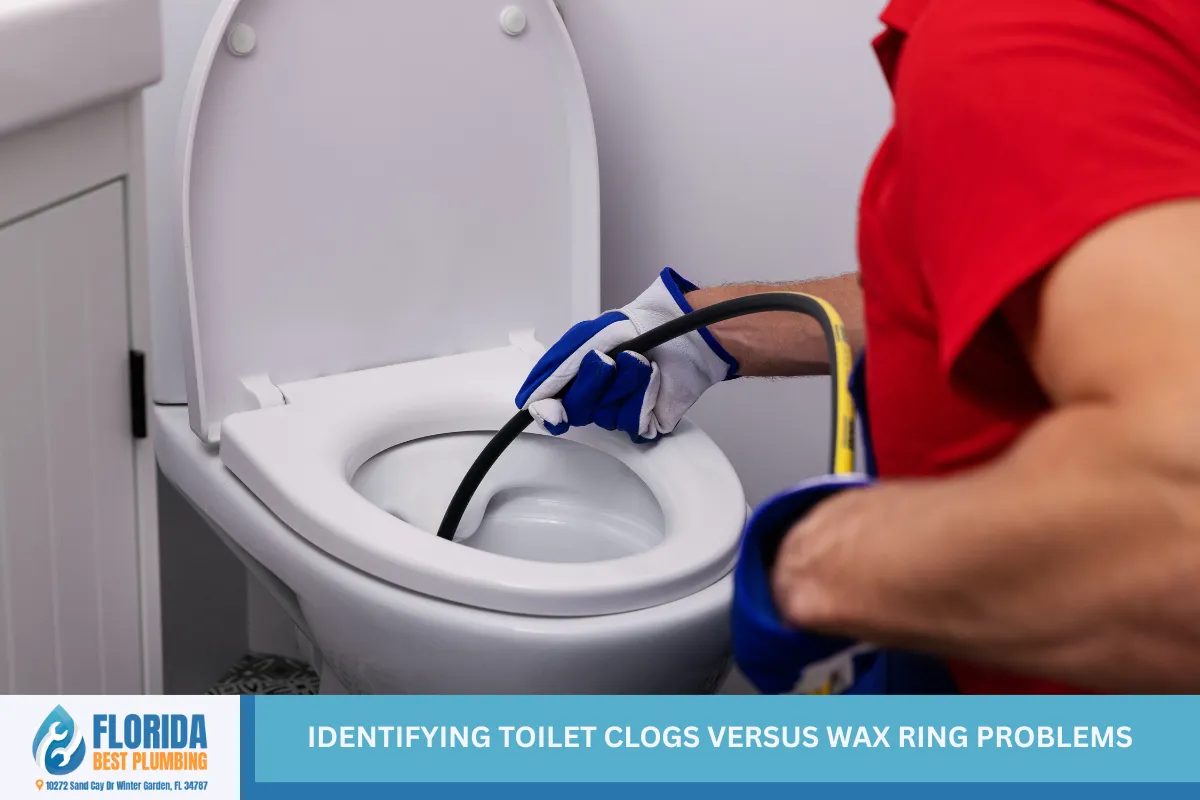
Sometimes toilet symptoms overlap, so here’s how to tell them apart:
Symptoms of a Toilet Clog
- Toilet won’t flush, or flushes slowly (weak flush, partial flush)
- Water rises or threatens to overflow in the bowl
- A plunger or toilet auger brings up foreign objects, waste, or paper
- Gurgling sounds in other drains or fixtures when the toilet is flushed
Causes: Too much toilet paper, foreign objects, blockages in the toilet trapway, closet bend, or sewer line. Rarely caused by wax residue.
Symptoms of a Failed Wax Ring
- Water leaks directly from the base after flushing
- Chronic dampness, unexplained water loss
- Sewer gas odors (always dangerous—do not ignore!)
- Wobbling or rocking toilet
- Water damage, mold, or mildew at the floor line
Causes: Compression loss, degraded or misaligned wax ring, shifting of the toilet or flange, improper installation.
When Can Wax Rings Cause Clogs?
A wax ring is a sticky, hydrophobic (water-resistant) wax. If a chunk of the wax ring is accidentally pushed into the toilet bend, the wax does not dissolve. Over time, these wax pieces can catch paper or debris, causing a partial or even complete blockage. Here’s how it happens:
- Misaligned Installation: An improperly positioned horned wax ring may partially block the drain opening or restrict flow.
- Double-Stacked Wax Rings: If someone stacks two wax rings instead of using a proper flange extender or spacer, excess wax can squeeze out and fall into the drain.
- Breakage: During removal or replacement, wax may fracture and drop into the pipe.
Note: These scenarios are rare, but possible—especially after a DIY toilet repair without the right safety gear or tools.
How to Remove Wax from Your Toilet Drain
If you suspect wax has blocked your drain pipe, avoid chemical agents—they won’t dissolve wax rings. Here are safe options:
- Remove the Toilet: Shut off the water supply with the shut-off valve, disconnect the water supply lines, and remove the toilet bowl from the flange.
- Manual Cleanup: Use a putty knife or scraper to remove old wax ring residue gently. Scrape out any visible chunks in the pipe.
- Retrieve Hidden Debris: A closet auger or toilet jack can help pull out wax chunks. For long, narrow traps, use flexible tubing or a wet/dry vac.
- Wax Chunk Out of Reach?: If it’s far down the pipes and out of reach, contact a professional plumber who can use a camera inspection and advanced retrieval tools.
- Reseat Toilet Properly: Once all wax residue is removed, reseat the toilet with a new wax ring (or consider a waxless seal for peace of mind). Tighten the closet bolts evenly, shim if needed, and check for leaks.
Flange Problems and Toilet Leaks: What Else Should You Watch For?
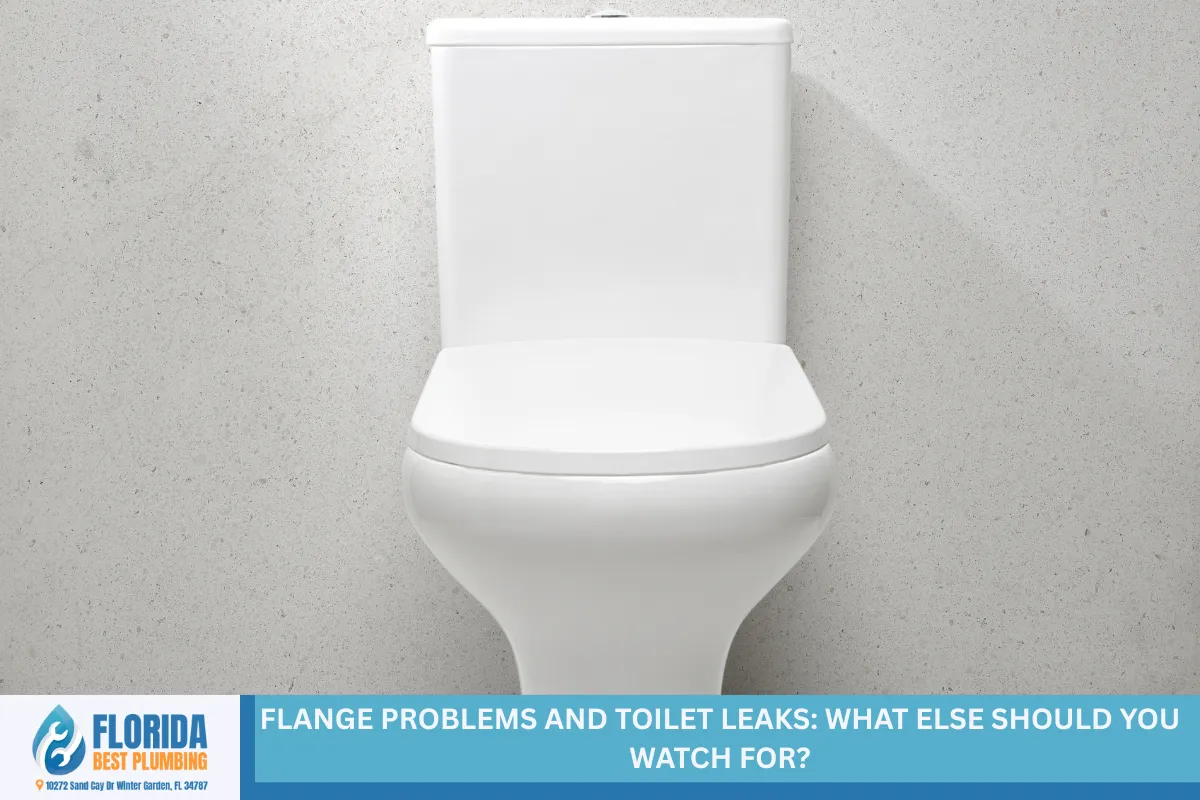
A wax ring is only as good as the surface it sits on. If your toilet flange is broken, corroded, or sits too low, the seal may fail, causing leaks at the base. Flange height issues can sometimes be fixed with a flange extender or repair ring, while cracks or breaks need proper repair.
If you notice a wobbly toilet or consistent base leaks even after a wax ring replacement, revisit the flange and subfloor for damage. Always use shims to steady the toilet before re-sealing; uneven pressure can crush the new wax ring.
Should You Use Caulk Around the Toilet Base?
Some plumbers recommend running a neat bead of caulk around the toilet base. This helps stabilize the bowl and prevents minor water seepage from mopping or spills from reaching under the toilet. However, never caulk tightly all the way around—leave a gap at the back. This lets leaks from a failing wax ring reveal themselves, warning you of water damage before it’s too late.
Wax Ring Replacement: Cost, Options, and When to Call a Plumber
Replacing a wax ring can be a simple job, but mistakes are easy to make. Professional plumbing services usually charge between $100 and $300 for a wax ring replacement, which includes removal, inspection, and reseating of the toilet. Costs in busy areas like Winter Garden, Orlando, North Dallas, and San Diego may vary by plumber, service level (same-day or emergency plumber), and need for additional parts (flange repair, shims, or supply lines).
DIY wax ring replacement is tempting, but safety gear is critical due to exposure to black water, sewage gas, and the risk of improper installation. If you experience any of the following, call a licensed, insured plumber:
- Persistent leaks after replacing the wax ring
- The toilet moves, rocks, or won’t seal
- .Water heater or main shut-off valve issues
- Gurgling sounds, sewer odors, or suspected vent stack blockages
- Difficulty removing wax from the pipe or cleaning wax residue
Always ask about upfront pricing, flat-rate pricing, warranties, and customer reviews when choosing local plumbing services.
Choosing a Wax Ring or Waxless Seal: What’s Best?
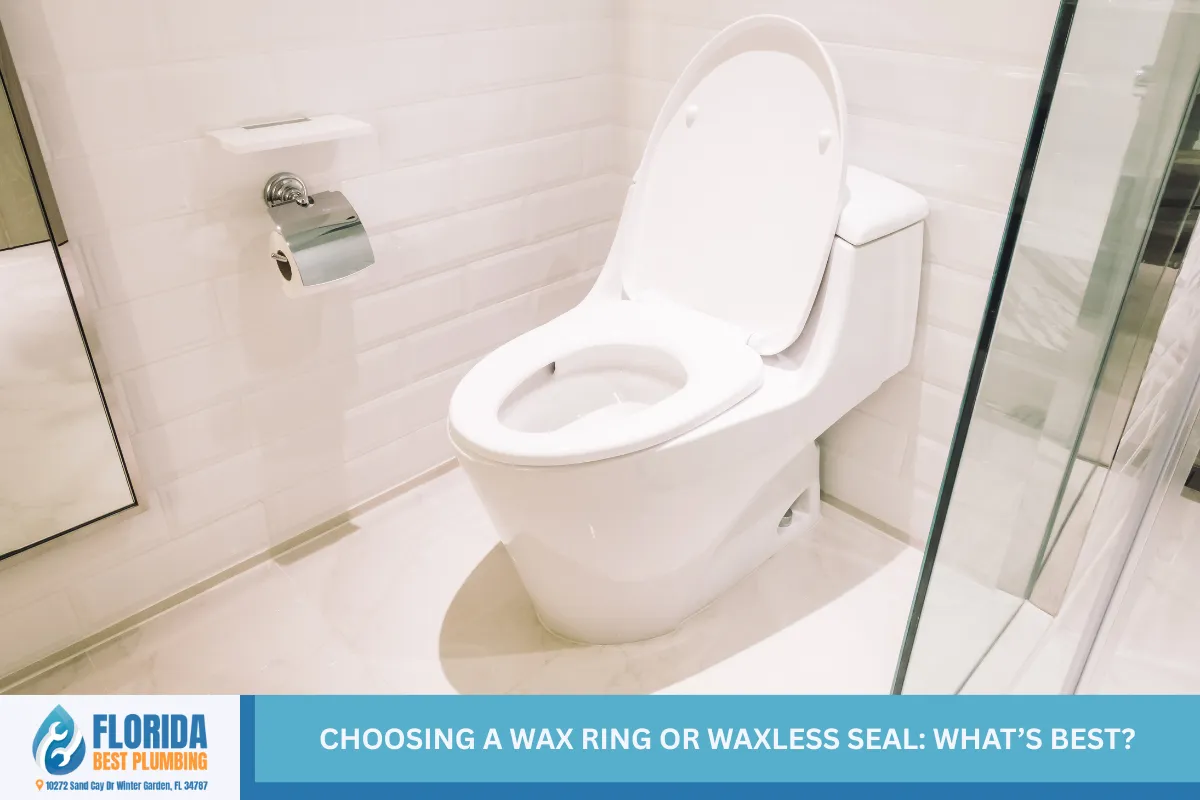
Today’s homeowners can pick from standard wax rings, reinforced “horned” rings, double-thick variants, or rubber/neoprene (waxless) seals. Here’s how to decide:
- Standard Wax Ring: Reliable on most levels, with undamaged flanges. Risk of improper installation.
- Horned Wax Ring: Helps direct flow, but must be properly centered, or it can restrict drain.
- Waxless Ring: Great for easy, mess-free installation. Works well if height and alignment are good. May require a flange extender.
- Flange Extender or Spacer: Necessary if the flange is set too low after floor work.
- Double-Stacking Wax Rings: Not usually recommended, as excess wax can push into the pipe.
Ask your plumber if you’re unsure which option fits your plumbing system best.
Pro Tips to Prevent Toilet and Wax Ring Problems
- Don’t flush anything but toilet paper and human waste.
- Replace a failed wax ring at the first sign of water or sewer gas.
- Avoid chemical agents—these don’t clear wax and can damage fixtures.
- Use a professional for complex jobs, flange repairs, or stubborn clogs.
- Schedule routine inspections of your toilet’s tank-to-bowl components (fill valve, flapper, flexible tubing, supply line).
- Make sure the shut-off valve and water supply stub-out pipe are in good condition.
- Install a water pressure regulator to protect pipes and fittings.
- Know where your main shut-off valve is for emergencies, and keep a plumber’s number handy for 24/7 service.
Winter Garden Plumber – Florida Best Plumbing LLC
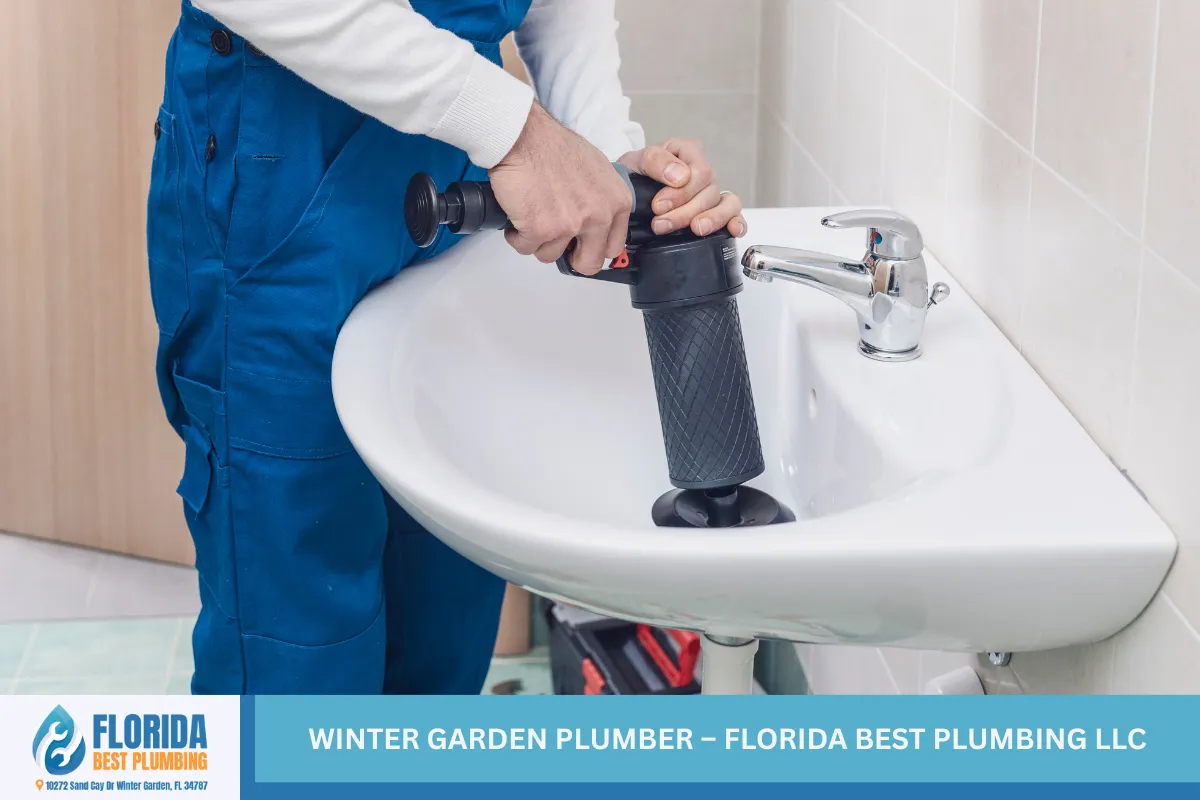
Is a clogged toilet causing chaos in your home? Could a wax ring be to blame? Florida Best Plumbing LLC is your trusted Winter Garden plumber, ready to tackle any plumbing emergency. Our experienced team expertly diagnoses toilet clogs, leak symptoms, and wax ring failures—pinpointing the real cause fast so that you can skip the stress. We handle wax ring replacements, stubborn blockages, and toilet repairs with care and proven expertise, ensuring water stays where it belongs and sewer odors are banished. Don’t risk costly water damage or health hazards—let our professionals restore your bathroom’s comfort and safety.
Call us today at (407) 683-6644 to schedule a consultation and get your plumbing fixed right the first time!
Frequently Asked Questions: Toilet Clogs, Wax Rings, and Plumbing Peace-of-Mind
1. Can a damaged wax ring cause toilet odors even if there’s no visible leak?
Absolutely. A damaged or failed wax ring is a common reason for persistent sewer odors in the bathroom. Even if you don’t see water near the base of the toilet, a faulty wax seal can allow sewer gases, including hydrogen sulfide, to seep into your home. This results in a strong, unpleasant smell and can pose health risks with long-term exposure. If you notice stubborn odors around your toilet, especially after flushing or during humid weather, have a plumber check the wax ring and the plumbing vent system.
2. Is it safe to double up on wax rings if my floor is not level or the flange is too low?
Double-stacking wax rings is generally discouraged. While it may temporarily solve a flange height problem, excess wax can squeeze into the drain opening, potentially causing a partial blockage, especially if misaligned. The safer method is to use a flange extender or a wax ring extender designed specifically to bridge the gap between the flange and toilet base. This ensures a solid, leak-free seal. Always consult with a professional to address flange problems properly.
3. What should I do if a piece of the wax ring falls into the drain during replacement?
If wax falls into the drain during a toilet wax ring replacement, do not try to wash it down by repeated flushing. Wax doesn’t dissolve and can stick to the sides of the drain pipe, trapping toilet paper and leading to a stubborn clog. Use a closet auger or retrieval tool to remove the wax. If you can’t reach it, the best option is to pull the toilet up again for direct access or call a plumber. Wet/dry vacuums can sometimes help with shallow debris.
4. Why does my toilet leak at the base after replacing the wax ring?
A toilet leaking at the base after a recent wax ring replacement signals an improper installation. Common mistakes include not fully compressing the ring, uneven tightening of closet bolts, misaligned flange or wax ring, rocking toilet (which breaks the seal), or a cracked flange. Double-check that all surfaces are clean, bolts are hand-tightened evenly, and that the wax forms a complete seal. A licensed plumber should always evaluate persistent leaks.
5. How often should I replace my toilet’s wax ring, and are waxless seals better?
Wax rings typically last from 10 to 20 years unless disturbed by movement, repairs, or leaks. You should replace the ring if you detect water damage, odors, mold, or if the toilet has been moved or reset. Waxless seals are popular because they’re easier to install and less messy, but both types work if properly matched to the toilet flange height and condition. Consult with plumbing services to determine the best option for your fixture and floor setup.
Read more: 5 Signs You Need a Plumber in Winter Garden, Florida Sooner Than You Think
Winter Garden Plumber: How Do Plumbers Fix a Clogged Kitchen Sink?
If you need a plumber in Winter [...]
Winter Garden Plumber: Why is My Toilet Constantly Running?
Is your first instinct to call a [...]
Winter Garden Plumber: Can a Wax Ring Clog a Toilet?
If you’ve ever dealt with a clogged [...]
Horizon West Plumber: How Much Does a Plumber Charge to Replace a Faucet?
Are you frustrated by leaky faucets, a [...]
Horizon West Plumber: How Much Does a Plumber Charge to Replace a Wax Ring?
If you’ve ever noticed water pooling around [...]
Horizon West Plumber: How Much Do Plumbers Charge to Install a Toilet?
Are you feeling overwhelmed trying to find [...]



